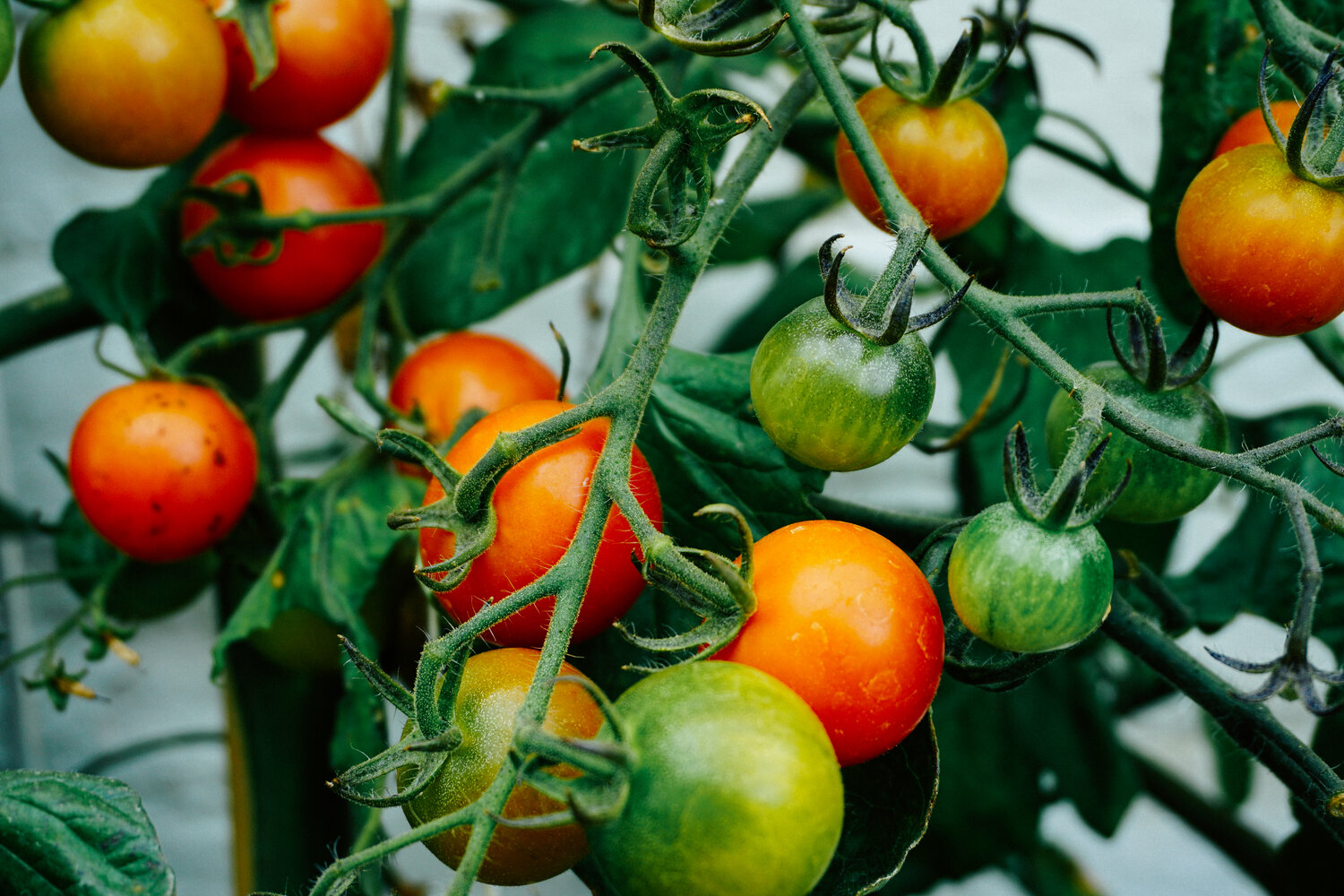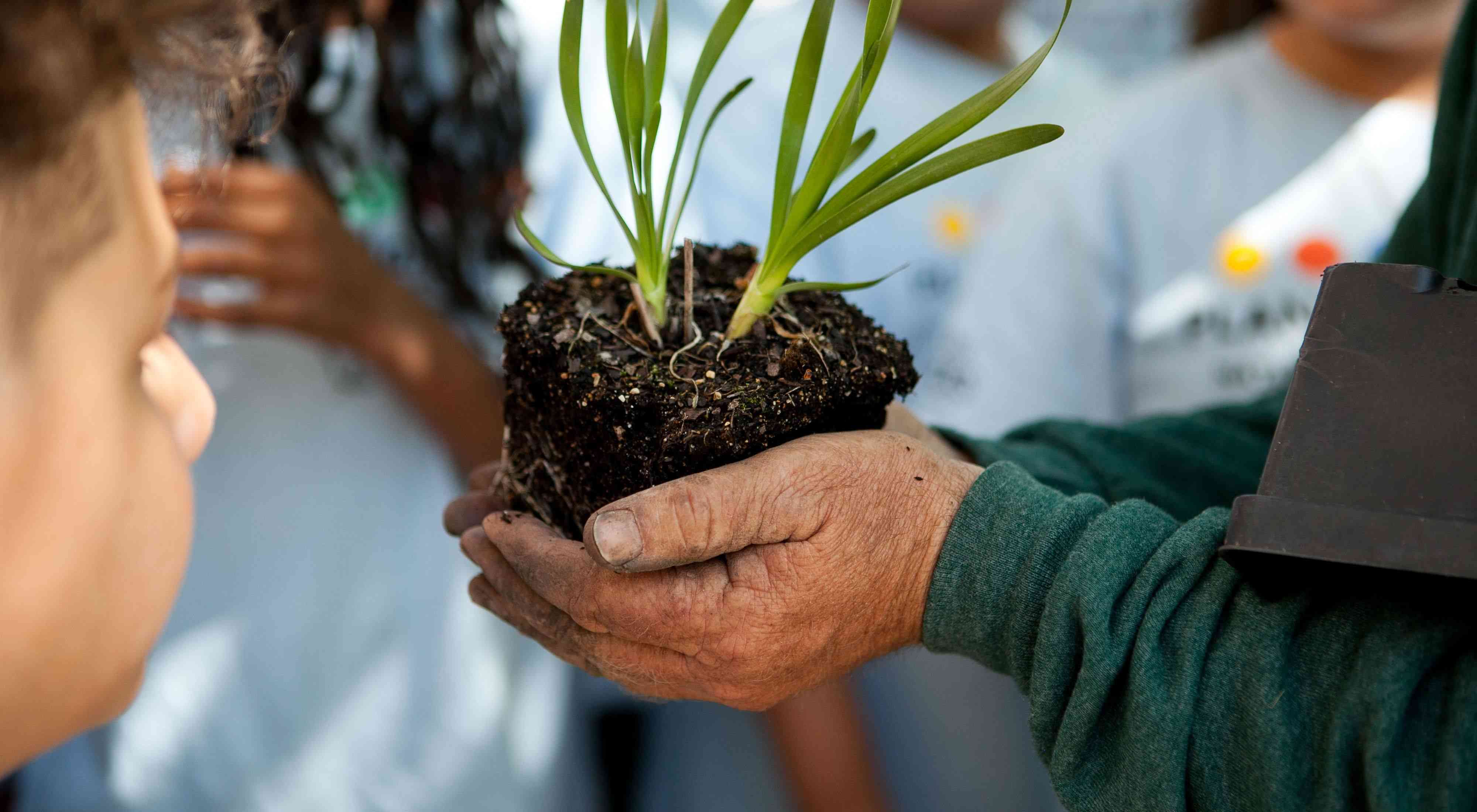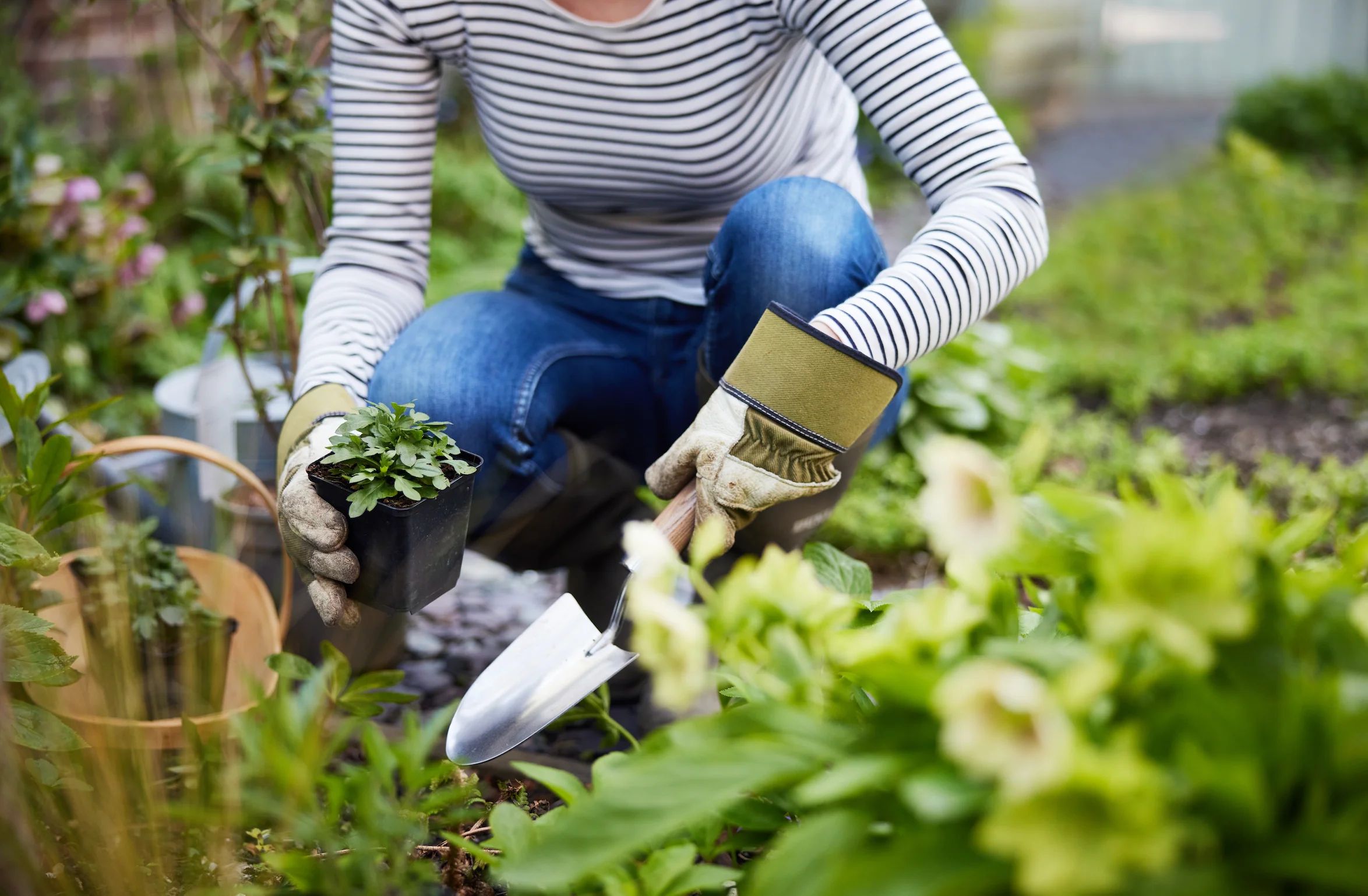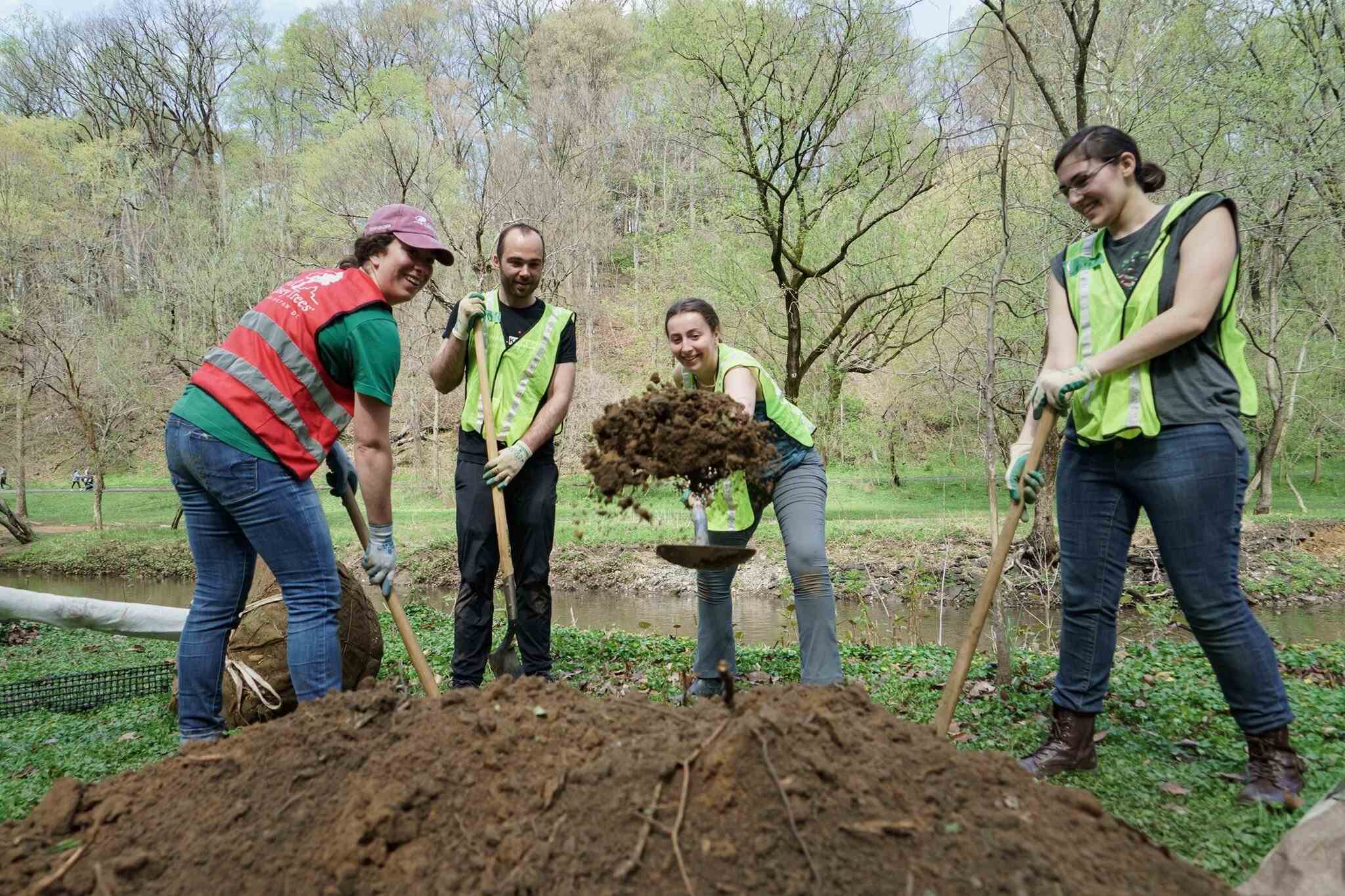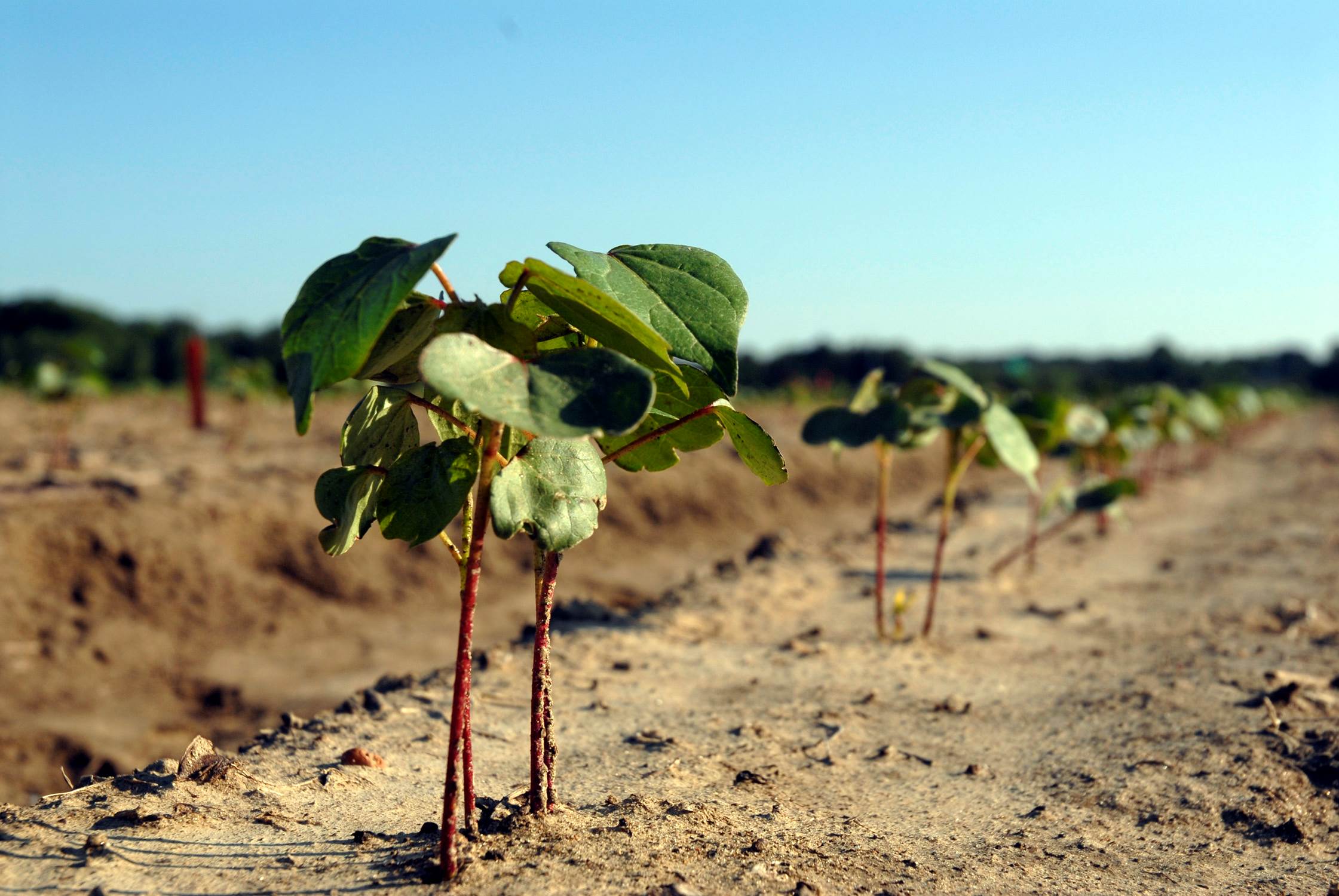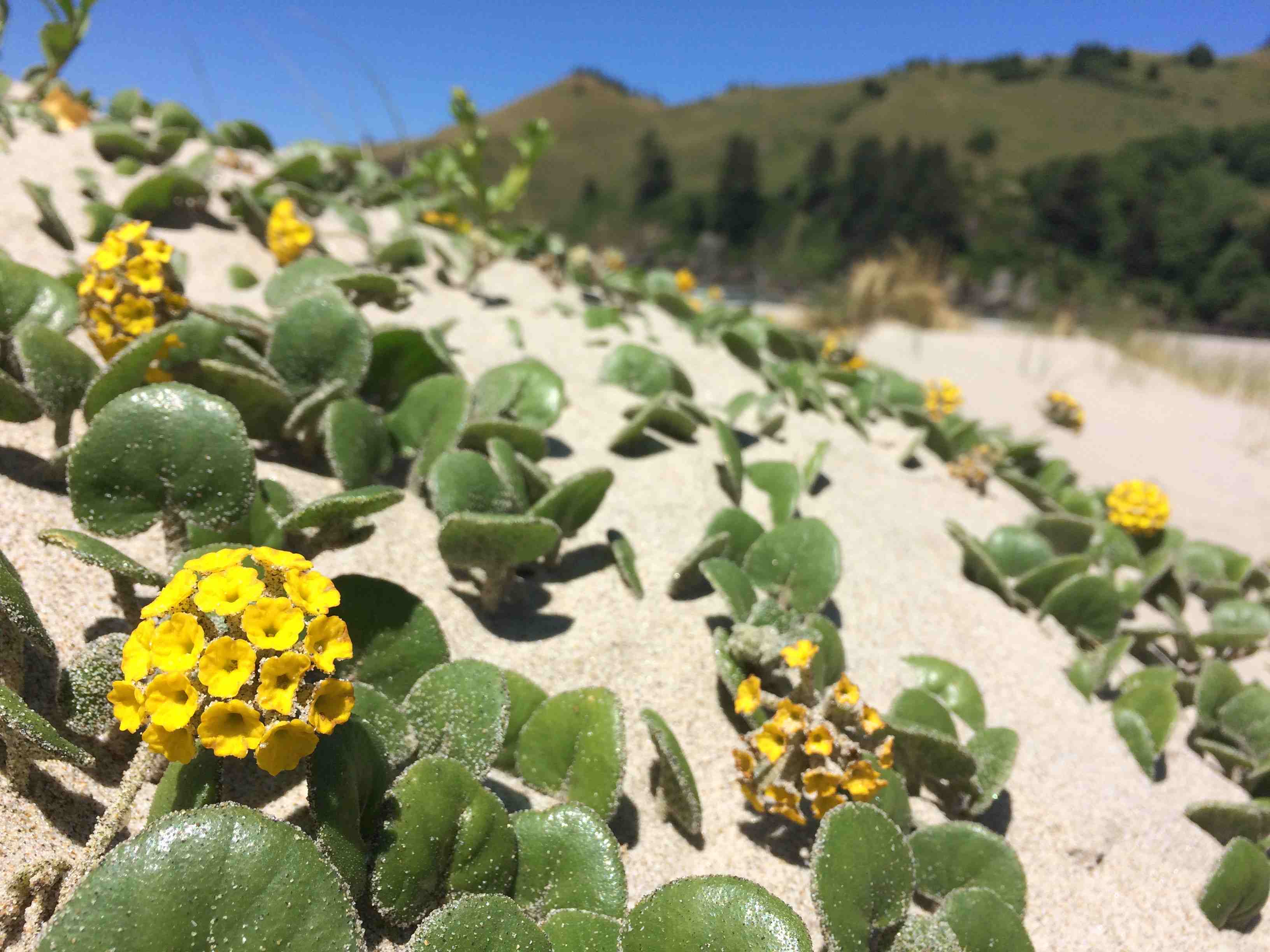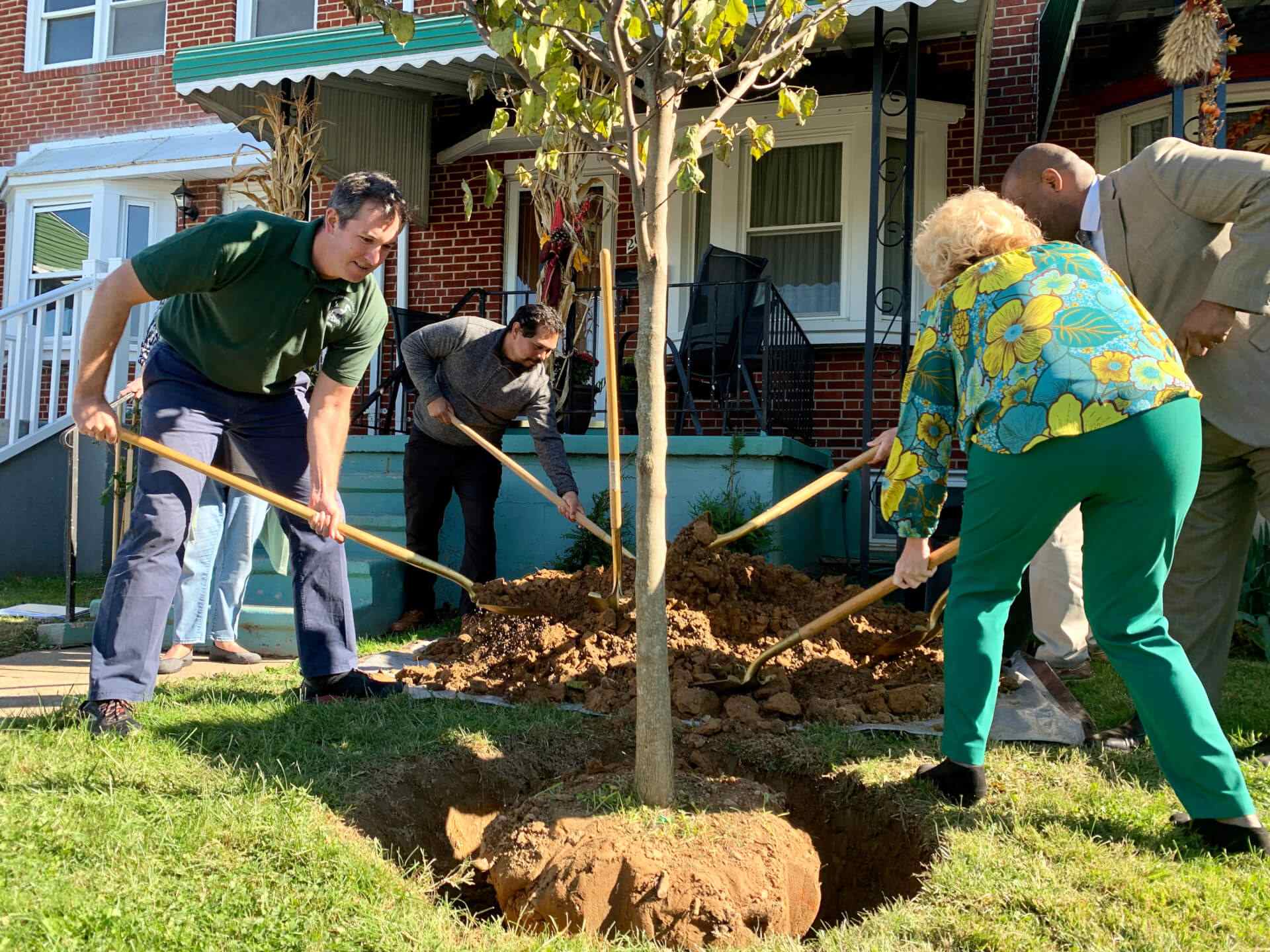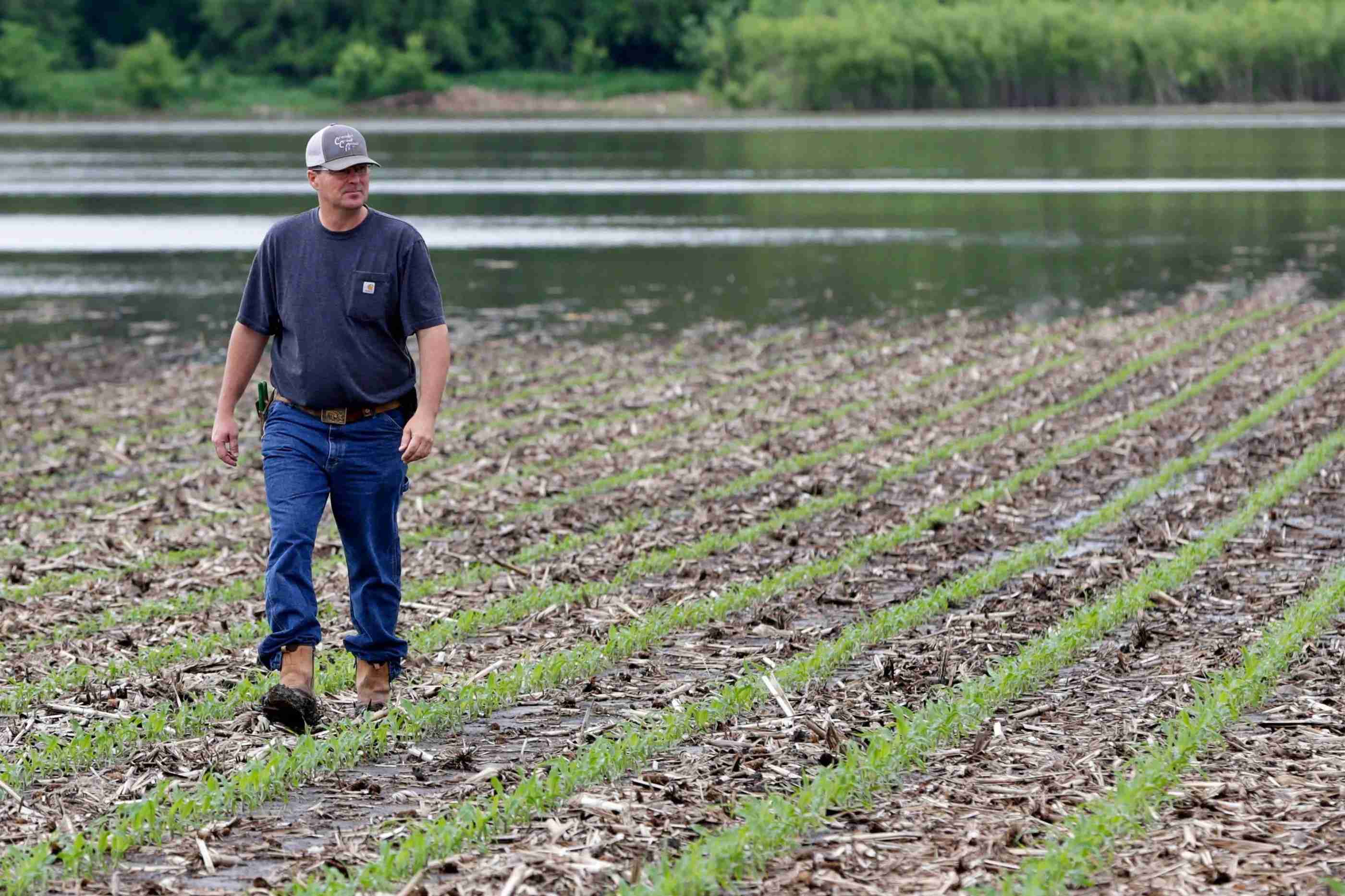Home>Gardening Basics>Understanding Soil>What Zone Is South Carolina In For Planting


Understanding Soil
What Zone Is South Carolina In For Planting
Modified: February 9, 2024
"Understanding soil for planting in South Carolina: learn what zone South Carolina is in and how it affects your gardening decisions."
(Many of the links in this article redirect to a specific reviewed product. Your purchase of these products through affiliate links helps to generate commission for Chicagolandgardening.com, at no extra cost. Learn more)
Table of Contents
Introduction
Welcome to South Carolina, a state known for its beautiful landscapes and diverse climate. Whether you’re a gardening enthusiast or simply love to surround yourself with greenery, understanding the planting zones in South Carolina is essential. By knowing your planting zone, you can select the right types of plants and ensure their success in your garden.
Planting zones are geographical areas that determine the suitability of different plants based on climate conditions like temperature, precipitation, and frost dates. These zones serve as a guide for gardeners, providing valuable information on when and what to plant for optimal growth. By following the recommended planting guidelines according to your zone, you can maximize the chances of having a thriving garden.
In the United States, the Department of Agriculture (USDA) has divided the country into multiple plant hardiness zones based on average annual minimum temperatures. This zone system provides a standardized way for gardeners to understand which plants will grow best in their specific location. Each zone is designated by a number, with lower numbers indicating colder regions and higher numbers representing warmer areas.
Now, let’s dive into South Carolina’s planting zone and explore the factors that influence it. Understanding these factors will not only help you select the right plants for your garden but also ensure that you make informed decisions for your gardening endeavors.
Understanding Planting Zones
Planting zones are a crucial concept for gardeners as they provide valuable information about the suitability of different plants in specific regions. The United States is divided into multiple plant hardiness zones, which are determined by average annual minimum temperatures. These zones help gardeners make informed decisions about which plants are most likely to thrive in their area.
The USDA’s plant hardiness zone map is widely used as a standard reference for determining the appropriate plants for a particular zone. It divides the country into numbered zones, ranging from 1 to 13, each representing a specific temperature range. Zone 1 is the coldest zone, characterized by extremely low temperatures, while zone 13 is the warmest, with mild winters and hot summers.
Understanding your planting zone is crucial because plants have specific temperature requirements for growth and survival. Certain plants thrive in cooler climates, while others need heat and sun to flourish. By selecting plants that are well-suited to your zone, you can increase the chances of success in your garden and avoid wasting time and resources on plants that won’t thrive in your specific climate.
Planting zones also provide important information about frost dates, which are essential for determining the best time to plant specific crops in your area. Frost dates indicate the average dates of the first and last frosts of the year and help gardeners plan their planting schedules accordingly. Planting too early or too late can result in plant damage or poor growth, so understanding your frost dates is crucial for successful gardening.
It’s important to note that planting zones are not the only factor to consider when planning your garden. Other factors such as soil conditions, sunlight exposure, and water availability also play a significant role in determining which plants will thrive in your garden. Therefore, it’s essential to consider the complete picture and make informed choices based on a combination of factors.
Now that we have an understanding of planting zones, let’s explore the specific planting zone in South Carolina and the factors that influence it.
Plant Hardiness Zones in the United States
The United States is a vast and diverse country, encompassing a wide range of climates and growing conditions. To help gardeners navigate this diversity, the United States Department of Agriculture (USDA) has created the Plant Hardiness Zone Map. This map divides the country into multiple zones based on the average annual minimum temperature in each region.
The USDA Plant Hardiness Zone Map is an essential tool for gardeners as it provides a standardized way to determine which plants are best suited for specific areas. The map divides the country into 13 zones, each representing a specific temperature range. Zone 1 is the coldest zone, found in northern Alaska, while Zone 13 represents the warmest regions, such as southern Florida and Puerto Rico.
Each zone is further divided into subzones, marked by letters A and B, which indicate smaller temperature variations within the main zone. For example, Zone 5A is colder than Zone 5B. These subzones provide more precise information about the climate and help gardeners make more accurate plant selection decisions.
The Plant Hardiness Zone Map is based on historical weather data, specifically the average annual minimum temperature recorded over a 30-year period. However, it’s important to note that the map is just a general guide and should not be considered the sole determinant of plant hardiness. Other factors, such as soil type, moisture levels, and sunlight exposure, also influence a plant’s ability to thrive in a specific location.
To find your specific hardiness zone, you can use the USDA’s online zone finder tool or refer to the printed version of the Plant Hardiness Zone Map. By inputting your zip code or selecting your state and county, you can easily identify the zone that corresponds to your location.
As the climate continues to change, it’s worth noting that the plant hardiness zones may shift over time. The USDA periodically updates the Plant Hardiness Zone Map based on new data to reflect these changes. Therefore, it’s always advisable to consult the most recent version of the map when planning your garden.
Now that we have a better understanding of the plant hardiness zones in the United States, let’s explore the specific planting zone in South Carolina.
South Carolina’s Planting Zone
South Carolina, nestled in the southeastern region of the United States, experiences a diverse climate that is influenced by both its proximity to the Atlantic Ocean and its inland geography. The state is mainly divided into two primary planting zones: Zone 7 and Zone 8. Understanding which zone you fall into is crucial for successfully selecting and growing plants in South Carolina.
Zone 7 covers the northern part of the state, including cities like Greenville and Spartanburg. This zone is characterized by cold winters, with average minimum temperatures ranging from 0 to 10 degrees Fahrenheit (-17.8 to -12.2 degrees Celsius). However, it also experiences relatively mild summers compared to other areas in the United States.
Zone 8 encompasses the southern part of South Carolina, including cities like Charleston and Hilton Head. This zone has milder winters, with average minimum temperatures ranging from 10 to 20 degrees Fahrenheit (-12.2 to -6.7 degrees Celsius). Summers in Zone 8 are generally hot and humid.
The different planting zones in South Carolina influence the types of plants that can thrive in each region. In Zone 7, cool-season crops like carrots, broccoli, and lettuce tend to perform well, while warm-season crops such as tomatoes, peppers, and cucumbers have a shorter growing season. On the other hand, Zone 8 allows for a longer growing season, making it suitable for a wider range of warm-season crops.
It’s important to note that planting zones are not the only factor to consider when gardening in South Carolina. Soil conditions, rainfall patterns, and microclimates within the state can vary significantly. For example, coastal areas may have different planting conditions compared to mountainous regions. Understanding these factors and conducting soil tests can help you make more accurate decisions when selecting plants for your garden.
Additionally, South Carolina experiences occasional extreme weather events such as hurricanes and heavy rainfall. These events can impact gardening efforts, so it’s important to consider their potential effects and plan accordingly. Incorporating strategies such as raised garden beds, proper drainage, and wind protection can help mitigate potential damage and ensure the resilience of your garden.
Now that we have explored South Carolina’s planting zones, let’s delve into the various factors that influence these zones and the selection of plants in the state.
Factors Affecting Planting Zones in South Carolina
Several factors influence the planting zones in South Carolina and determine the suitability of different plants for specific regions. Understanding these factors will help you make informed decisions when selecting plants and designing your garden in the state.
1. Climate: South Carolina’s climate is heavily influenced by its proximity to the Atlantic Ocean. The coastal areas experience a maritime climate with milder winters and higher humidity, while the inland regions have a more continental climate with colder winters and lower humidity. These climate variations play a significant role in determining the appropriate planting zones for different areas of the state.
2. Temperature: Average minimum temperatures are a key factor in determining planting zones. In South Carolina, the northern regions (Zone 7) have colder winters compared to the southern parts (Zone 8). This temperature difference affects the types of plants that can thrive in each zone and the length of the growing season.
3. Elevation: The elevation of a particular area also affects planting zones. Higher elevations tend to have cooler temperatures, which can create microclimates within the state. For example, mountainous regions in South Carolina may have cooler conditions compared to low-lying coastal areas, resulting in distinct planting requirements.
4. Soil Composition: Soil composition varies throughout South Carolina, impacting the growth and health of plants. Different types of soil, such as sandy or clayey soil, have varying water retention capacities and nutrient levels. Understanding the soil composition in your area can help you select plants that are well-suited to thrive in those specific conditions.
5. Rainfall Patterns: Rainfall patterns play a vital role in gardening success. South Carolina experiences a moderate amount of rainfall throughout the year, with higher precipitation levels in the summer months. Adequate moisture is essential for plant growth and health, so understanding the rainfall patterns in your region will help you plan irrigation strategies accordingly.
6. Microclimates: Microclimates are localized climate conditions that differ from the surrounding area due to factors like topography, sheltering, and sun exposure. South Carolina has diverse microclimates due to its varied geography. For example, urban areas may have higher temperatures due to heat island effects, while shaded areas may have cooler conditions. Identifying these microclimates can help you optimize plant placement and selection to maximize growth and yield.
By considering these factors, you can make more informed decisions about the types of plants that will thrive in your specific location within South Carolina. Understanding the unique characteristics of your planting zone and the local environmental conditions will set the foundation for a successful and thriving garden.
Recommended Plants for South Carolina’s Zone
In South Carolina, the recommended plants for each zone can vary based on the climate and growing conditions. Let’s explore some popular plants that thrive in both Zone 7 and Zone 8 of the state:
Zone 7:
- Azaleas: These beautiful flowering shrubs are well-suited to the acidic soil conditions found in Zone 7. They come in a variety of colors and bloom in the spring, adding a vibrant touch to any garden.
- Pansies: Pansies are cool-season annuals that can add a pop of color to your garden during the winter months. They come in a wide range of colors and are known for their ability to tolerate colder temperatures.
- Blueberries: Zone 7 is ideal for growing blueberries, as they thrive in acidic soil and cooler temperatures. They not only provide delicious fruits but also add ornamental value with their white blossoms in the spring and vibrant foliage in the fall.
- Daylilies: Daylilies are hardy perennials that come in a variety of colors and can withstand the temperature fluctuations in Zone 7. They are low maintenance and can add beauty to your garden with their vibrant blooms.
Zone 8:
- Crepe Myrtle: These beautiful flowering trees are known for their vibrant blooms in shades of pink, purple, and white. They thrive in the warm temperatures of Zone 8 and are drought-tolerant once established.
- Palms: Zone 8 in South Carolina provides suitable conditions for a variety of palm trees, such as the Windmill Palm and the Sabal Palm. These palms add a tropical touch to the landscape and can withstand the heat and humidity of the region.
- Tomatoes: Zone 8 provides a longer growing season, making it ideal for growing warm-season crops like tomatoes. There are numerous varieties to choose from, with options for both slicing tomatoes and cherry tomatoes.
- Zinnias: These annual flowers are easy to grow, heat-tolerant, and come in a wide range of vibrant colors. They can add a splash of color to your garden beds and attract butterflies with their nectar-rich blooms.
These are just a few examples of plants that thrive in South Carolina’s zones. It’s important to consider factors like sunlight exposure, soil type, and water requirements when selecting plants for your specific location within the state. Consulting a local nursery or gardening resource can provide more detailed information on plant recommendations for your area.
Remember to incorporate a mix of flowering plants, foliage plants, and edible crops to create a diverse and visually appealing garden. By selecting plants that are well-suited to your specific zone, you can increase the chances of a successful and thriving garden in South Carolina.
Conclusion
Understanding the planting zones in South Carolina is crucial for gardeners looking to create a thriving and successful garden. By knowing your specific zone, you can select plants that are well-suited to the climate, temperature, and growing conditions of your region. In South Carolina, the state is divided into Zone 7 and Zone 8, each with its own unique characteristics.
The factors that influence planting zones in South Carolina include climate, temperature, elevation, soil composition, rainfall patterns, and microclimates. By considering these factors, gardeners can make informed decisions when selecting plants and designing their gardens to optimize growth and yield.
Some recommended plants for South Carolina’s planting zones include azaleas, pansies, blueberries, daylilies in Zone 7, and crepe myrtle, palms, tomatoes, and zinnias in Zone 8. However, it’s important to consider other factors such as soil type, sun exposure, and water requirements when selecting plants.
Remember, the planting zone is just one piece of the puzzle when it comes to successful gardening. Soil conditions, microclimates, and other environmental factors also play a significant role in plant growth and health. Conducting soil tests, observing local conditions, and seeking advice from gardening resources can provide valuable insights for creating a thriving garden in South Carolina.
So, whether you’re a seasoned gardener or just starting out, understanding the planting zones in South Carolina will give you a solid foundation for planning and cultivating a beautiful and bountiful garden. Embrace the unique climate and regional characteristics of your zone, and let your gardening journey in South Carolina flourish.
